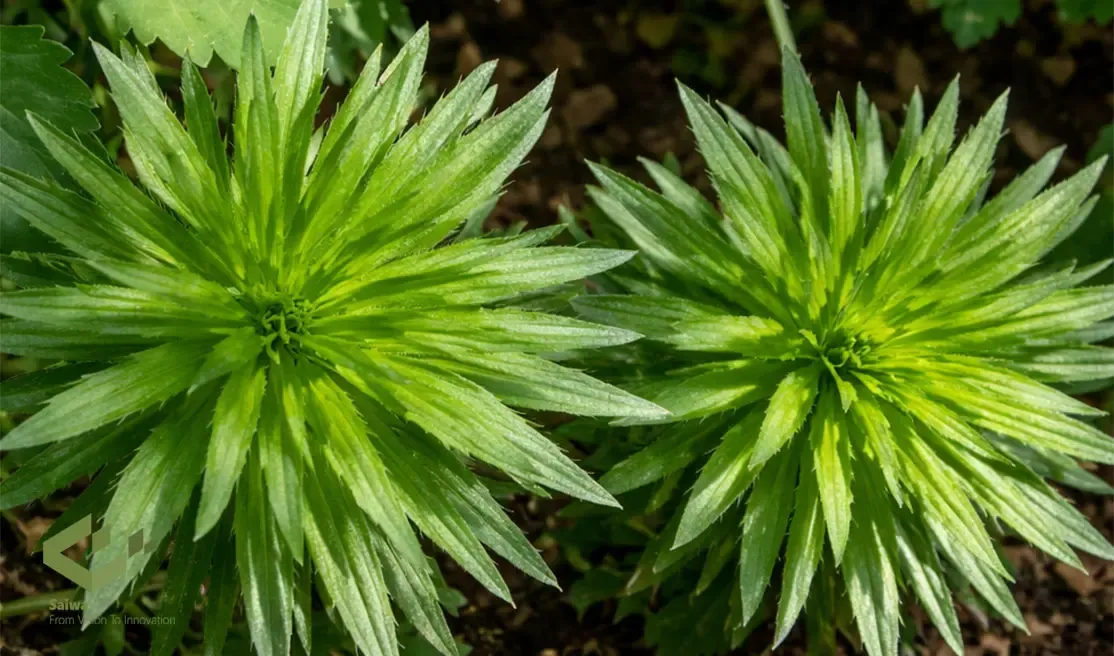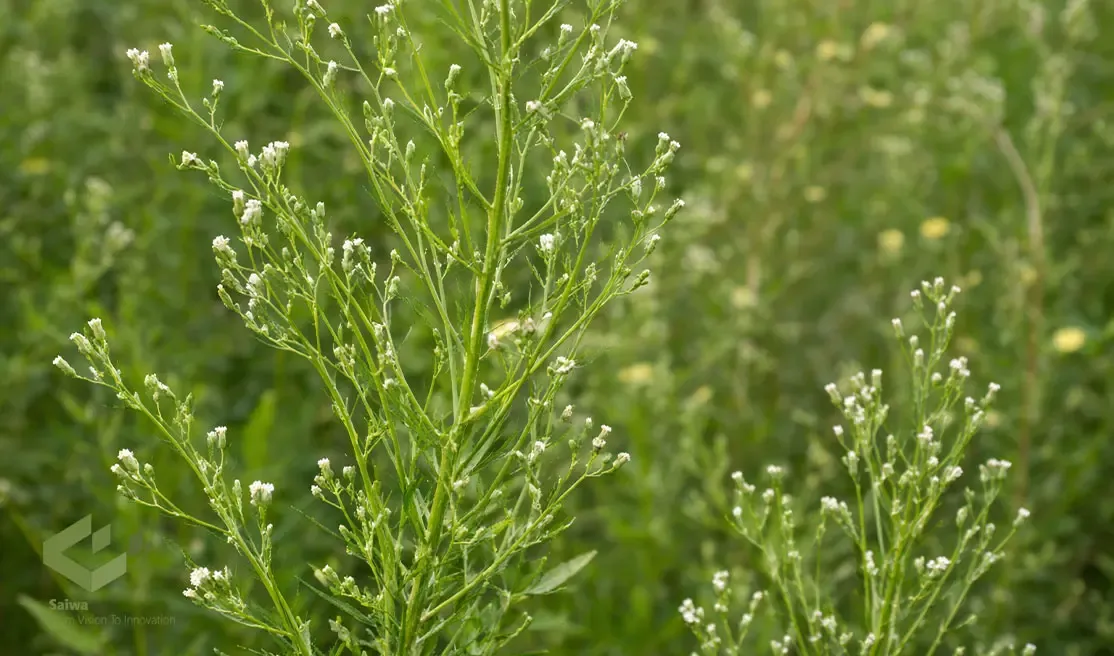Mastering Fleabane Control: Challenges, Technology, and the Sairone Advantage

Why Fleabane Is One of the Toughest Weeds to Control
Fleabane (Conyza bonariensis) poses a serious challenge to farmers because of its aggressive biological traits, which render traditional control methods ineffective. Precision and timing are required to manage this weed, something that modern AI-driven tools like Sairone are designed to handle. By detecting infestations early, these systems prevent fleabane from spreading beyond control.
The difficulty in managing fleabane primarily stems from three key factors:
- Massive seed production and dispersal: A single fleabane plant can release over 100,000 seeds that are easily carried by the wind. This makes containment extremely difficult and allows the weed to spread rapidly across large areas.
- Dual-season germination: Fleabane germinates in both autumn and spring, producing overlapping generations throughout the year. This irregular growth pattern complicates treatment timing and reduces the effectiveness of seasonal weed management strategies.
- Herbicide Resistance: Perhaps the most pressing issue is fleabane’s widespread resistance to commonly used herbicides, such as glyphosate. This resistance increases costs and limits the success of chemical control approaches.
How to Detect Fleabane Throughout Its Life Cycle
Effective management hinges on timely detection, as the plant's susceptibility to control methods varies dramatically with its growth stage. A keen eye for its developmental phases is therefore essential, as each one presents unique identifiers and control opportunities.
Rosette Stage: Initially, the plant forms a low-lying rosette of leaves with a deep taproot. This is the most vulnerable stage for chemical control.
Bolting Stage: As temperatures rise, the plant "bolts," sending up a woody, branching stem. Control at this stage becomes significantly harder.
Flowering and Seed Development: The plant produces small, white-to-cream flowers that quickly develop into fluffy seed heads, ready for wind dispersal.
Seasonal Growth Patterns: Targeting the small, rosette-stage plants during late winter or early spring is the most effective strategy to prevent bolting and seed production.
Images Source: Invasive plant dataset
Advanced Technologies Transforming Fleabane Control
The limitations of conventional methods have accelerated the adoption of technology-driven solutions, shifting the focus from broad-scale chemical application to precise, intelligent intervention. This new frontier integrates multiple advanced fields to create a more effective and sustainable approach. Here are the key technologies reshaping Fleabane control:

AI-Powered Herbicide Discovery and Development
AI models accelerate the discovery of new herbicides by analyzing vast molecular datasets to rapidly identify novel compounds effective against resistant fleabane strains.
Drone-Based Fleabane Detection and Mapping
Drones equipped with multispectral cameras scan entire fields to generate precise infestation maps, pinpointing fleabane locations for highly targeted treatment.
Deep Learning Models Enhancing Weed Identification
Powering modern Weed Detection, these algorithms analyze imagery to accurately distinguish fleabane from crops, ensuring interventions are both precise and timely, even at the earliest growth stages.
How Sairone Transforms Fleabane Control

This is where Sairone by Saiwa emerges as a pivotal solution. It's an AI-powered platform that automates the analysis of high-resolution drone imagery, turning a complex operational challenge into a manageable, data-driven task.
Sairone’s specialized fleabane detector identifies infestations with remarkable precision, even at the critical early rosette stage. By generating detailed infestation maps, it allows for a tactical shift from broadacre spraying to highly targeted spot-spraying.
This approach dramatically reduces herbicide usage, cuts operational costs, and supports better plant health monitoring across the entire field, making it an indispensable tool for modern, sustainable agriculture.
Conclusion
Fleabane poses a multifaceted threat due to its prolific seed production, herbicide resistance, and complex life cycle. Traditional control methods are proving insufficient. However, the integration of advanced technologies like AI, drones, and machine learning is revolutionizing management strategies. Platforms like Sairone exemplify this shift, offering the precision needed to overcome these challenges effectively. By enabling targeted action, Sairone empowers growers to achieve superior control while fostering economic and environmental sustainability.
